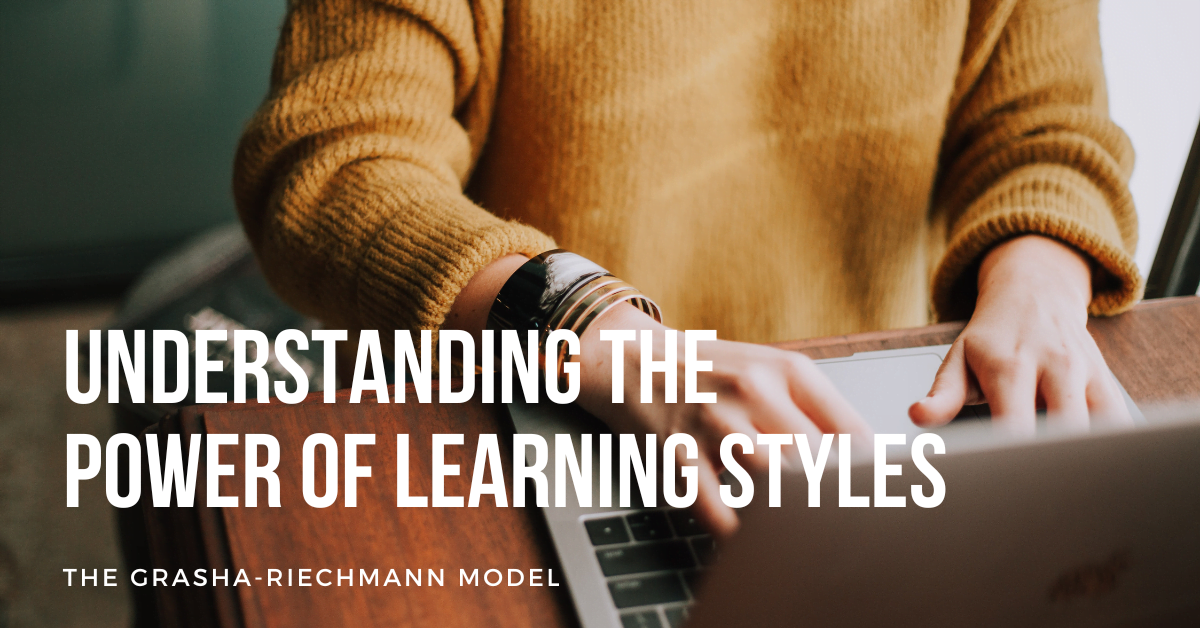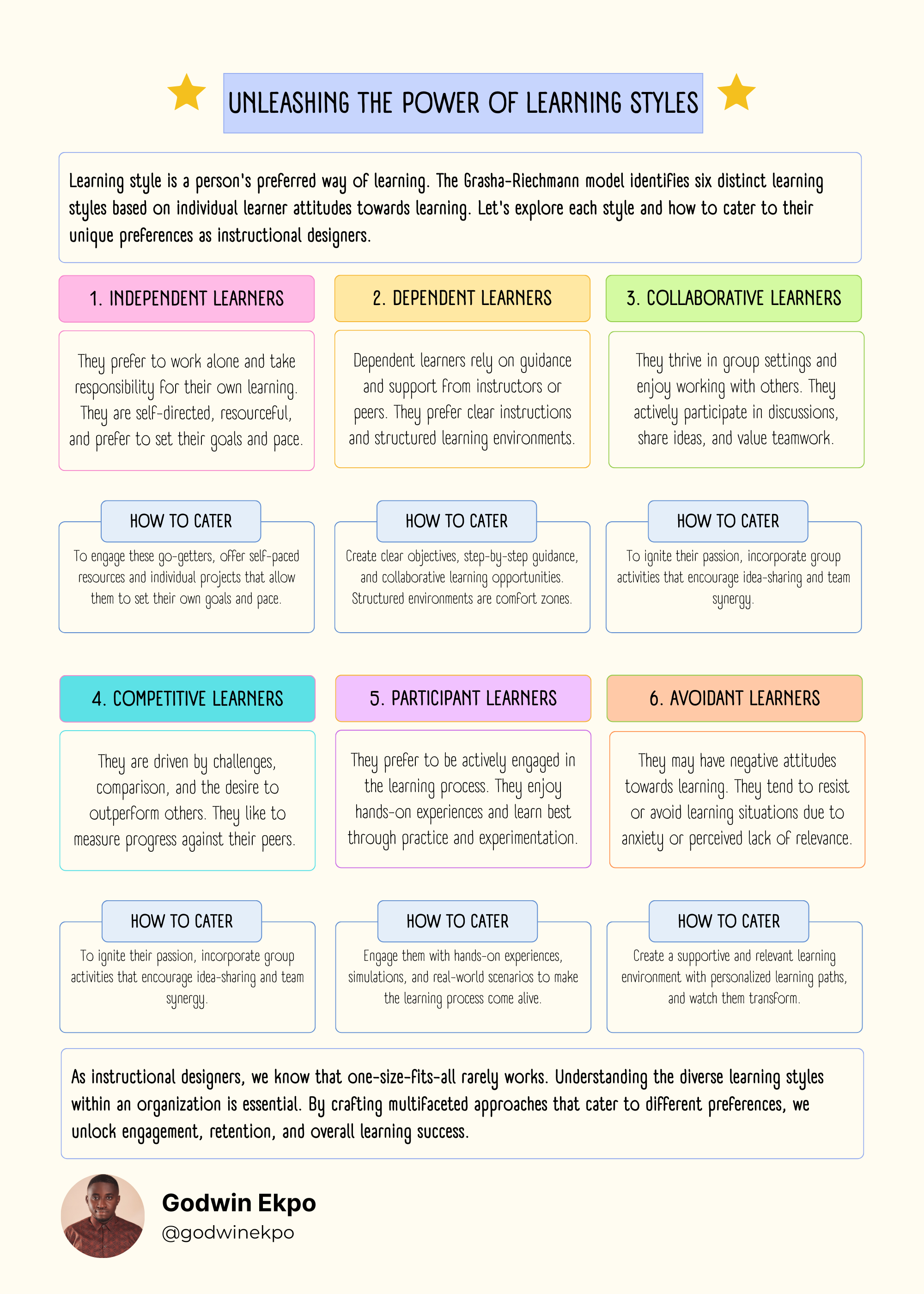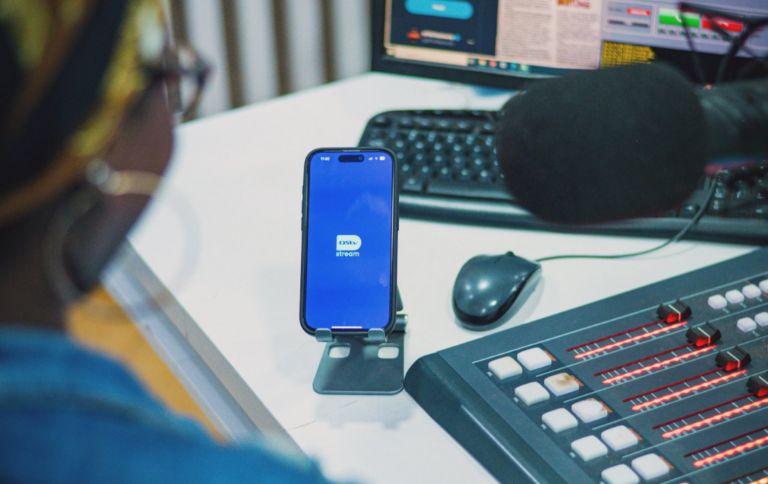Understanding the Power of Learning Styles: The Grasha-Riechmann Model

In the changing world of education and designing lessons, it is clear that one method does not work for everyone. Every person who learns is different and has their own likes, thoughts, and ways of gaining knowledge. To succeed in education, it is important to know and attend to the different ways people learn. There is a model called the Grasha-Riechmann learning style model that can help us figure out this puzzle. In this blog post, we will talk about how people learn in different ways, and we will explain how the Grasha-Riechmann Model can help us in understanding the power of learning styles.
Understanding Learning Styles
Before we start learning about the Grasha-Riechmann Model, let’s first understand what learning styles are. Learning styles refer to the different ways people like to learn and understand information. They cover a variety of things, like thinking, feeling, and physical characteristics. Understanding and dealing with these approaches is crucial for teachers and course creators. It helps us adjust how we teach to match what our learners like, which makes their education better.
People have studied and talked a lot about different ways that people learn in the field of education. There are many ways people learn, and one model called the Grasha-Riechmann Model is worth looking at. This model was created by Anthony Grasha and Sheryl Riechmann in 1996. It helps us understand and use different learning styles in a helpful way.
The Grasha-Riechmann Model Explained
While I was studying for my M.Sc. (Ed) programme, I learned about learning styles, which is how people like to learn. Out of all the different models available, I came across the Grasha-Riechmann model, which was created by Anthony Grasha and Sheryl Riechmann in 1996. I didn’t know that this discovery would have such a big effect on my Instructional design journey.
The Grasha-Riechmann Model helps us understand how each person likes to learn and how we can create lessons that cater to their preferences. This model believes that to help people learn the most, instructional designers need to know how each person learns best. The model categorizes people’s ways of learning into six types, based on how they feel about learning. Let’s understand different ways people learn and how to meet everyone’s needs.
1. Independent Learners
Characteristics: People who like to learn by themselves and are in charge of their own learning are called independent learners. They like to do things on their own, find their own solutions, and choose their own goals and speed.
Catering to Their Needs: For independent learners, it’s very important to provide resources that can be completed at their own speed and assign tasks for each person individually. This gives them the ability to control their own learning experience.
2. Dependent Learners
Characteristics: Dependent learners need help from teachers or classmates, while independent learners do not. They like to have detailed directions and organized spaces for learning.
Catering to Their Needs: To help dependent learners, make sure you have clear goals, give them easy-to-follow instructions, and give them chances to work together with others. Structured environments provide the necessary support and resources for individuals to do well.
3. Collaborative Learners
Characteristics: Collaborative learners do really well when they are part of a group. They join in discussions, exchange ideas, and believe in working together as a team.
Catering to Their Needs: To get students to work together and learn from each other, include activities where they can work in groups, have discussions, and do projects together.
4. Competitive Learners
Characteristics: People who are competitive learners try hard because they enjoy challenges, want to be better than others, and like comparing their performance to others. They like being in situations where they can compete with others and compare their progress.
Catering to Their Needs: Get competitive learners involved by giving them quizzes, games, and chances to see how they are doing compared to others. Make a space where they can do well and enjoy competing with others.
5. Participant Learners
Characteristics: Participant learners like to be involved and take part in the learning process. They like doing things themselves and learn better by doing and trying things out.
Catering to Their Needs: For people who are learning, use simulations, real-life situations, and hands-on activities. This helps them understand and enjoy the learning process.
6. Avoidant Learners
Characteristics: Avoidant learners may not like traditional learning. They do not like to learn because it makes them nervous or they think it is not important.
Catering to Their Needs: To help people who avoid learning, focus on making a safe and encouraging place to learn. Real-life examples and individualized learning routes can assist them in overcoming their reluctance.
The Grasha-Riechmann Model helps us understand and deal with different ways of learning. It gives us a structured way to approach these various learning styles. By adjusting instruction to fit the preferences of each group, Instructional designers who design lessons can make learning more interesting and helpful.

Why the Grasha-Riechmann Model Matters
The Grasha-Riechmann Model is not only a theoretical concept, it has practical importance in education and Instructional design. This is the reason why it is important;
1. Improved Engagement
When students feel that their preferred way of learning is recognized and supported, they are more involved in the learning process. This makes people more engaged and helps them remember and understand things better.
2. Enhanced Retention
By adjusting how they teach, educators can make sure that everyone learns well. This, in turn, helps people remember information better. When students feel a personal connection to what they are learning, they are more likely to remember and use it.
3. Better Learning Outcomes
The main aim of any type of education is to have successful learning results. The Grasha-Riechmann Model can help Instructional designers and curriculum makers reach this goal by adjusting their methods to suit the needs of different students.
4. Real-World Applicability
The model’s emphasis on how each person thinks and what they like is very useful in real-life learning situations. It helps students to get used to the different ways and things they will have in their future jobs.
Supporting Evidence on the Grasha-Riechmann Model
The Grasha-Riechmann Model can make learning more powerful and enjoyable. But don’t just believe what I say. This model is backed up by research and studies that have been reviewed by other experts. Here are a few examples.
“Understanding and Addressing Learner Diversity: A Comparison of Two Models” (Sherril M. Gelmon, 1999)
This study compared two learning styles models – the Grasha-Riechmann Model and another one. It focused on how both models can be useful in dealing with different types of learners. It stressed the need to think about what each person likes when Instructional designers are at work.
“Improving College Teaching and Learning Through Learning Styles” (Anthony F. Grasha, 1994)
This work, written by Anthony Grasha, talks about how different ways of learning can affect the way college students are taught and how they learn. This text shows how learning better from different styles can make teaching more effective.
“Learning Styles in a University Physiology Course: A Comparison Between Learning Style Instruments and Their Implications for Student Performance” (Eugene R. Schnell, 1996)
This study looked at how different ways of learning can affect how well students do in a college physiology course. We used different tools to figure out what kind of learners the students were, including the Grasha-Riechmann Model. This showed how using teaching methods that suit each student’s way of learning can affect how well they do in school.
“Investigating the Learning Styles and Strategies in English for Academic Purposes of Iranian Postgraduate Students” (Reza Pishghadam et al., 2012)
This study looked at how Iranian postgraduate students learn and use different strategies in an English for Academic Purposes program using the Grasha-Riechmann Model. The results showed how knowing about different ways people learn can help with learning languages.
These studies and evidence show that the Grasha-Riechmann Model is very important and effective in making educational methods better.
Practical Application
Understanding the Grasha-Riechmann Model is important, but how can it be used in real-life schools. Let’s look at some ways that teachers and Instructional designers can use this model.
- Learning Style Assessment
Start by understanding the different ways your students learn. You can ask people questions or give them tests to find out what they like. This information will help you plan your lessons.
- Diverse Content Delivery
Understand that your students may learn in different ways. Change how you teach so that you use different ways of giving information, like talking to the whole class, doing activities in groups, trying things out, and using technology to help you learn.
- Personalized Learning Paths
Try to customize your approach for each student whenever you can. Give students the chance to pick how they learn based on their personal preferences.
- Flexibility
Make your curriculum more flexible. Let students discover and interact with content in a way that suits their preferred way of learning.
- Assessment Alignment
Make sure that the assessments you give to your students match their preferred ways of learning. This could mean giving different kinds of tests, like working on projects with a team, doing assignments alone, or practicing through hands-on exercises.
By using these methods, you can make a better learning environment that meets the different needs of your students.
Benefits and Outcomes of Using the Grasha-Riechmann Model
Using the Grasha-Riechmann Model in education has many advantages and good results:
- Enhanced Student Engagement
When students are taught in a way that suits how they learn best, they become more interested and excited about learning.
- Improved Retention
Students are more likely to remember information when they learn it in a way that works best for them. This helps you remember things better in the long run.
- Better Collaboration
In different types of classrooms, students can work together with classmates who learn in different ways. This helps them become good at working with different teams, which is an important skill in today’s job market.
- Enhanced Problem-Solving
Different ways of learning can affect how students try to solve problems. By promoting different ways of doing things, teachers help students become more creative and diverse in how they tackle problems.
- Real-World Readiness
Students who have learned in different ways are more ready for the real world, where they will come across many different ways of teaching and learning.
Irrespective of the learning styles model, understanding how people learn always gives you an edge. Here are mor ways to use learning styles to your benefit.
Challenges and Considerations of Using the Grasha-Riechmann Model
Although the Grasha-Riechmann Model is helpful, it also has some difficulties like:
- Identification
Figuring out how students learn best can be hard and takes a long time. This might need more tests and checks.
- Resource Allocation
Adapting to different ways of learning can require additional resources like time, materials, and people.
- Student Resistance
Some students may not want to learn in ways that are new to them, so it is important to make a welcoming and helpful learning environment.
- Balancing Act
It can be difficult to meet the needs of different ways students learn in a classroom. Finding the best combination of activities and ways to deliver information is a never-ending process.
- Ongoing Professional Development
Teachers and Instructional designers may need to learn and grow professionally in order to use the Grasha-Riechmann Model effectively in their jobs.
Conclusion
The Grasha-Riechmann Model is a helpful tool for teachers and Instructional designers. By understanding and meeting the needs of different ways that people learn, we can make learning environments that are more interesting, helpful, and welcoming for everyone. The model doesn’t work for everyone, but it gives us a plan that helps us think about what each student needs. By using the Grasha-Riechmann Model, we can bring out the full potential of how people learn and make education better in the future.
If you are a teacher or Instructional designer, we recommend that you learn more about this model and think about how you can use it in your teaching or designing. The process to discover and use learning styles starts with taking one step. Are you prepared to accept it.







